 Continuing with the Group Fitness Class of the Month series, December is upon us and we are highlighting a new class. Hopefully you had the opportunity in November to do a BODYATTACK class. This month we take a closer look at another group fitness class: PiYo. This Beachbody class has been on the schedule for a good chunk of time now, but in case you don’t know what it is or haven’t taken the opportunity to try it, let’s pick it apart a little bit.
Continuing with the Group Fitness Class of the Month series, December is upon us and we are highlighting a new class. Hopefully you had the opportunity in November to do a BODYATTACK class. This month we take a closer look at another group fitness class: PiYo. This Beachbody class has been on the schedule for a good chunk of time now, but in case you don’t know what it is or haven’t taken the opportunity to try it, let’s pick it apart a little bit.
A Low-Impact, Fat-Burning Fitness Class
Now, stepping into an even smaller group fitness studio can also be very intimidating, I know, but the faster-paced movements and music in PiYo will hopefully diminish some of those feelings. And for those of you (this was me at one point as well) who feel this is just another stretching class…think again! PiYo takes the muscle-sculpting, core-tightening movements from Pilates and the strength and flexibility benefits of yoga and ties them into one class. Talk about a great combination! And with the ramped-up speed of the different movements, this class includes fat-burning, low-impact movements to help you see results.
My Experience with This Workout
I personally have done a PiYo class to see what it was all about, and allow me to share my experience. I started out with the mindset of this is “just another stretching class,” like I talked about above. Within just a few minutes, I quickly learned I was mistaken. The class moved much faster than I had anticipated, and the movements were quite challenging. I would consider myself to be an active, decently fit individual, with a good amount of flexibility and strength. But some of the moves in PiYo really challenged the flexibility and mobility of my body. And I could see how over time, taking this class would allow a person to actually see measurable results in those two areas.
 PiYo at NIFS
PiYo at NIFS
NIFS offers two different kinds of PiYo on our group fitness schedule. PiYo Strength focuses on agility, dance conditioning, athletic training, core conditioning, balance, flexibility, and so much more. Many athletes benefit from this format because of its flexibility, and using the body as full-body resistance. This is a fusion format that moves quickly and powerfully, and creates strength from the transverse abs out. We also offer Pilates/Yoga Fusion, which is a unique class designed to build strength, balance, agility, and flexibility. The moves fit perfectly together to form a class filled with intense choreography that's fun and challenging and will make you sweat. It is a perfect blend of Pilates, yoga, sports stretch, dance stretch, athletics, and more. Don't worry, no previous experience is necessary!
Watch PIYO workout Video
This blog shows what another NIFS Health Fitness Specialist has to say about PiYo. Take some time to try a PiYo class and see what you think!
This blog was written by Amanda Bireline, Fitness Center Manager. To find out more about the NIFS bloggers, click here.


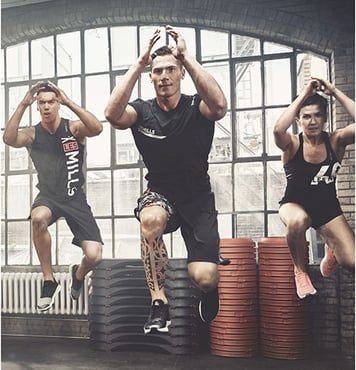


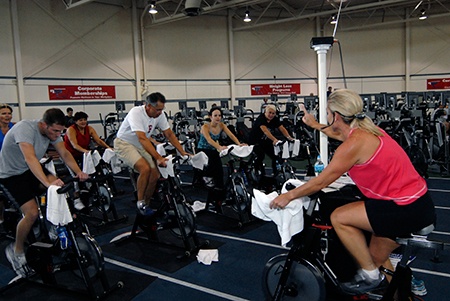 Are you one of those who either hate to run or find it is too hard on your body? You like to bike but right now it is way too cold to ride outside. Well, one of the greatest indoor group training classes that is offered is
Are you one of those who either hate to run or find it is too hard on your body? You like to bike but right now it is way too cold to ride outside. Well, one of the greatest indoor group training classes that is offered is 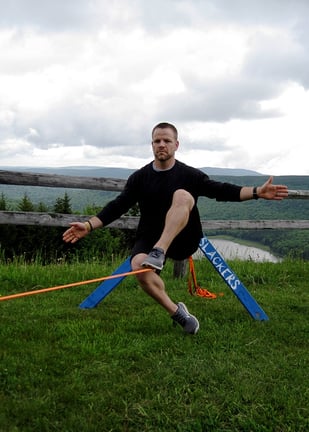 I recently attended an event that was pretty far outside my usual activity base. I consider myself a lifetime mover and a lifetime learner, but I have to admit this event had me a bit concerned about my success rate, comfort level, and quite honestly my enjoyment. After all, I was supposed to be on vacation. The event I am referring to is a rather large one called
I recently attended an event that was pretty far outside my usual activity base. I consider myself a lifetime mover and a lifetime learner, but I have to admit this event had me a bit concerned about my success rate, comfort level, and quite honestly my enjoyment. After all, I was supposed to be on vacation. The event I am referring to is a rather large one called 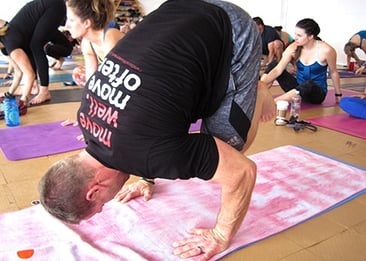 Prior to this trip to
Prior to this trip to  I am a huge believer that if there is a will, there is a way, and to always find ways to get things done. Just like the tree in the picture growing on top of a rock, it found a way to get tall and strong even though it is out of its usual environment of growing from the ground. IT FOUND A WAY. You can always find a way to eat right, exercise, get enough sleep, decrease stress; you just have to reach and work for it. There is a way; find it. This tree did, and so can you.
I am a huge believer that if there is a will, there is a way, and to always find ways to get things done. Just like the tree in the picture growing on top of a rock, it found a way to get tall and strong even though it is out of its usual environment of growing from the ground. IT FOUND A WAY. You can always find a way to eat right, exercise, get enough sleep, decrease stress; you just have to reach and work for it. There is a way; find it. This tree did, and so can you.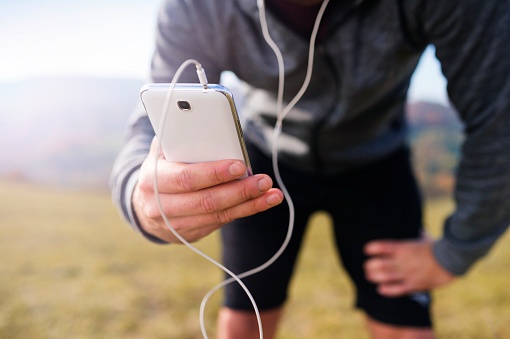 Salutations, NIFS friends. Picture yourself running across the finish line or standing on the winner’s podium at a major marathon event, scoring a touchdown in the Super Bowl, or even finishing up your final set of EZ Bar preacher curls. (Wait, what was that?) Now that you are wondering what I am getting to here, I must say that all three of those events have something in common, and that is the accompaniment of music.
Salutations, NIFS friends. Picture yourself running across the finish line or standing on the winner’s podium at a major marathon event, scoring a touchdown in the Super Bowl, or even finishing up your final set of EZ Bar preacher curls. (Wait, what was that?) Now that you are wondering what I am getting to here, I must say that all three of those events have something in common, and that is the accompaniment of music. 
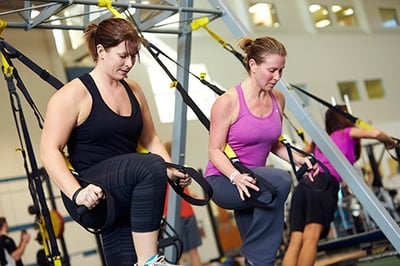 You may have been around the gym environment when TRX training came about and wondered what the benefit of using those straps could be. I remember hitting the weight room in college and thinking, “What on earth are those? And how could I possibly get as good of a workout with them as I do with lifting?” After spending only about 20 minutes on them, I quickly learned how suspension training using body weight could really build strength and challenge the entire body, no matter the movement!
You may have been around the gym environment when TRX training came about and wondered what the benefit of using those straps could be. I remember hitting the weight room in college and thinking, “What on earth are those? And how could I possibly get as good of a workout with them as I do with lifting?” After spending only about 20 minutes on them, I quickly learned how suspension training using body weight could really build strength and challenge the entire body, no matter the movement!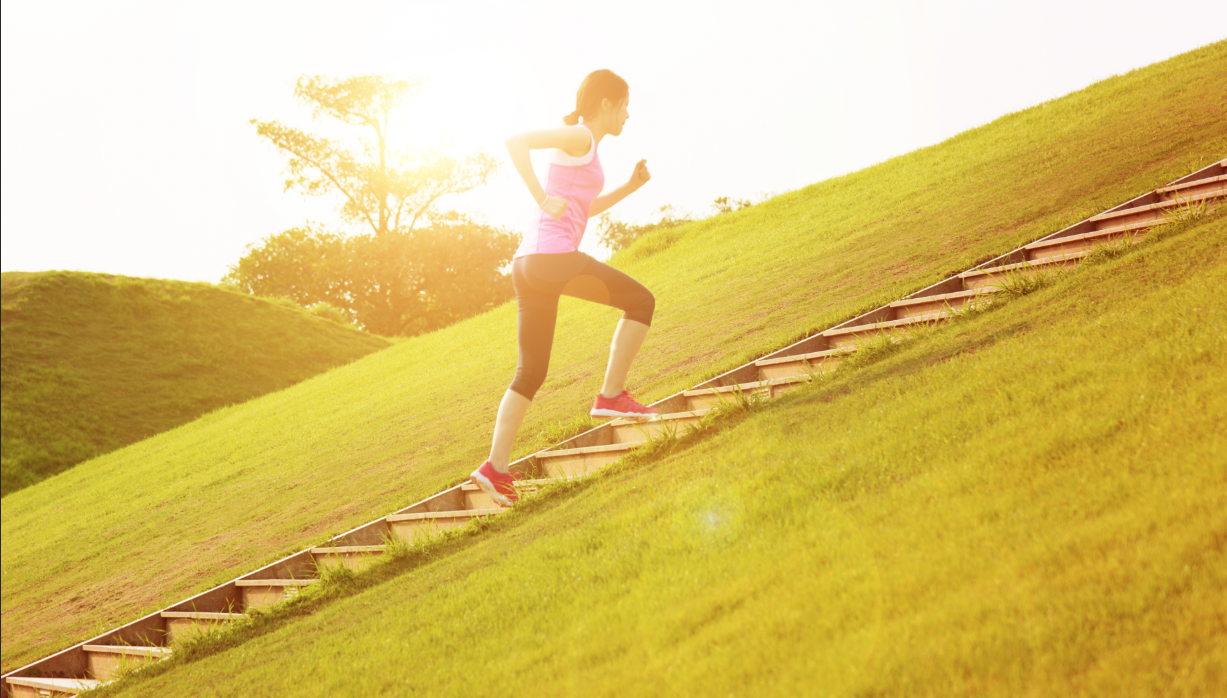
 I consider myself a
I consider myself a 
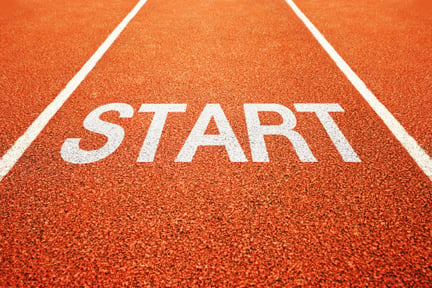 “Start somewhere today. Don’t put it off. You can do something, no matter how ‘small’ you think it is in terms of your long-term goal. Every step you take is one you’ll be thankful for when you get there. Remember: You're lapping everyone who’s still on the couch.” —
“Start somewhere today. Don’t put it off. You can do something, no matter how ‘small’ you think it is in terms of your long-term goal. Every step you take is one you’ll be thankful for when you get there. Remember: You're lapping everyone who’s still on the couch.” —